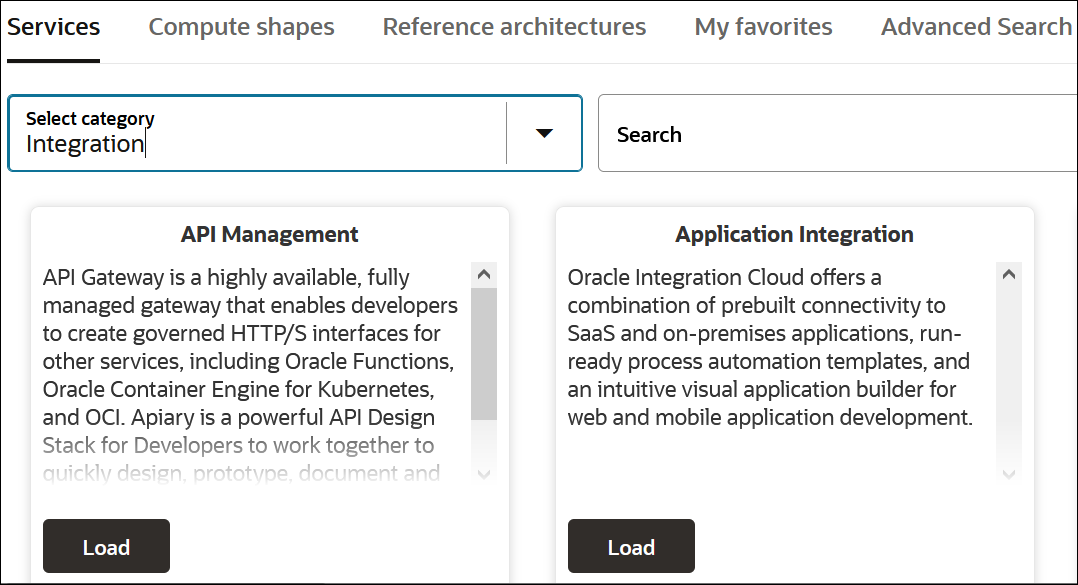Calculate Requests Per Second
If a synchronous integration keeps timing out or is taking longer than usual to complete, the integration might be trying to process too many requests. Knowing the requests that your instance processes in a second helps you design synchronous integrations that deliver the fast responses that you need.
-
Generally, the words "message" and "request" are synonymous. However, when you're working with large payloads, you might consume more than one message per request. This change impacts your calculations. See Monitor Billable Messages.
The calculations in this section assume that every request is 50 KB or smaller.
-
This calculation is typically called TPS, or transactions per second. TPS doesn't apply directly to Oracle Integration for two reasons:
- Oracle Integration processes requests, rather than transactions.
- Sizing in Oracle Integration is based on the hourly consumption of messages, rather than the per-second consumption.
The Oracle Integration equivalent to TPS is requests per second, which is your concurrency.
- Determine the approximate number of requests that an instance can process in
one minute.
- Calculate your concurrency (the number of concurrent requests your system can
handle from client applications).
Example 6-1 Processing the maximum number of concurrent requests
Let's take a look at a sample request queue when an instance that can handle 55 concurrent requests is working at full capacity.
The following table illustrates how requests arrive and complete as each second passes. The total requests in the queue increase until they reach 55 and remain at 55 indefinitely. After 5 seconds (the response time), requests start completing.
| Time that has elapsed | Requests that arrive | Requests that complete | Total requests in the queue |
|---|---|---|---|
|
1 second |
11 |
0 |
11 |
|
2 seconds |
11 |
0 |
22 |
|
3 seconds |
11 |
0 |
33 |
|
4 seconds |
11 |
0 |
44 |
|
5 seconds |
11 |
11 |
55 |
|
6 seconds |
11 |
11 |
55 |
|
7 seconds |
11 |
11 |
55 |
|
8 seconds |
11 |
11 |
55 |
Example 6-2 Exceeding the maximum concurrent requests
Imagine the same instance is receiving a higher number of requests per second than the maximum concurrency value. The following table illustrates how quickly the number of requests in the queue can build, even when you exceed the concurrency by just a few requests. After 3 seconds, the instance has already exceeded its maximum number of concurrent requests, and within 8 seconds, the instance is dealing with twice the maximum number of concurrent requests.
If an integration is likely to exceed the instance's maximum concurrency, the integration is probably going to experience timeouts when built as a synchronous integration. Instead, build the integration as an asynchronous integration.
| Time that has elapsed | Requests that arrive | Requests that complete | Total requests in the queue |
|---|---|---|---|
|
1 second |
20 |
0 |
20 |
|
2 seconds |
20 |
0 |
40 |
|
3 seconds |
20 |
0 |
60 |
|
4 seconds |
20 |
0 |
80 |
|
5 seconds |
20 |
11 |
89 |
|
6 seconds |
20 |
11 |
98 |
|
7 seconds |
20 |
11 |
107 |
|
8 seconds |
20 |
11 |
116 |
